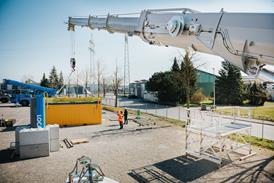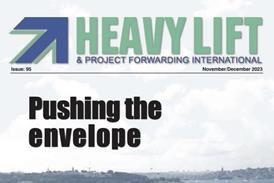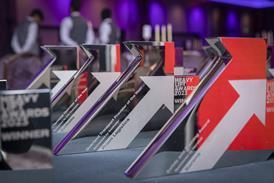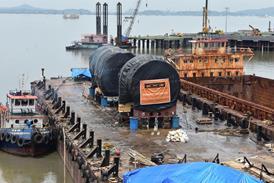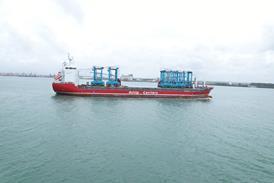The European Leaders’ Summit took place earlier this week in Esbjerg, Denmark, where European leaders declared a goal of increasing the offshore wind capacity in the North Sea to at least 150 GW by 2050.
Port Esbjerg is a leading port for offshore wind energy. The whole value chain is present at the port and has been involved in the delivery of more than 4,000 offshore turbines with an accumulated capacity of more than 22 GW. Nevertheless, the aforementioned ambitious goals will require much more infrastructure across Europe.
“We simply need more space. In Esbjerg, we are expanding the port area, but it takes time to build the necessary infrastructure,” said the ceo of Port Esbjerg Dennis Jul Pedersen. “Therefore, it is essential that the ambitious goals are paired with a concrete plan for, how to upgrade the port infrastructure of Europe, while giving the industry the necessary flexibility in tenders and more efficient project processing allowing the industry to meet the growing demand as effectively as possible.”
Innovation is needed to ramp up installed capacity. Denmark itself is pressing ahead with energy islands that work as base for offshore wind. “With the energy islands we are reaching an even bigger scale in terms of energy production, so it could potentially have a big effect on European energy supply. The Danish energy islands will be a leading example of modern production of sustainable energy, so it makes sense that Europe is looking to Denmark to find solutions. At the same time, it is very positive that there is an openness to looking at more flexible tender and review processes,” said Pedersen.



